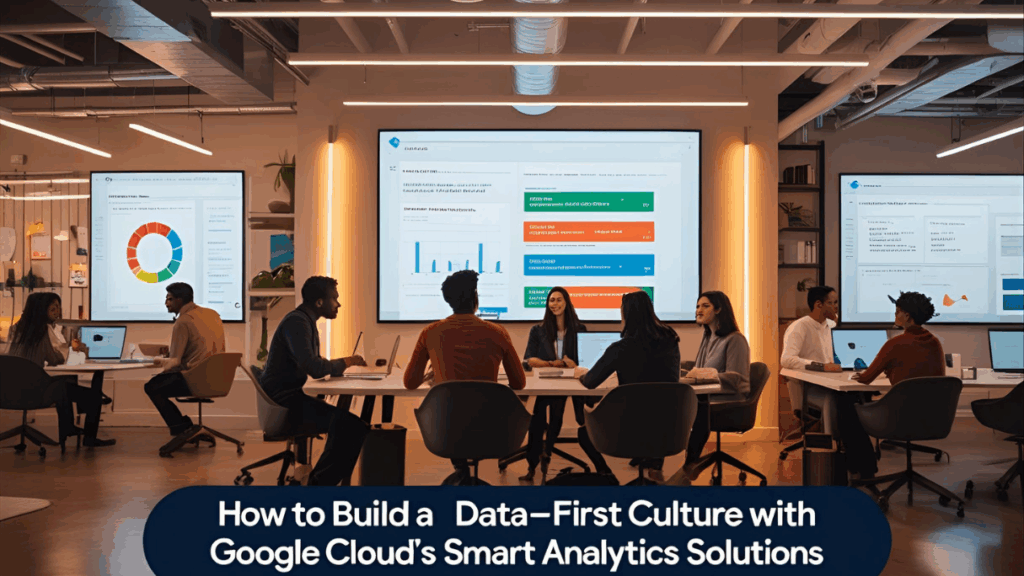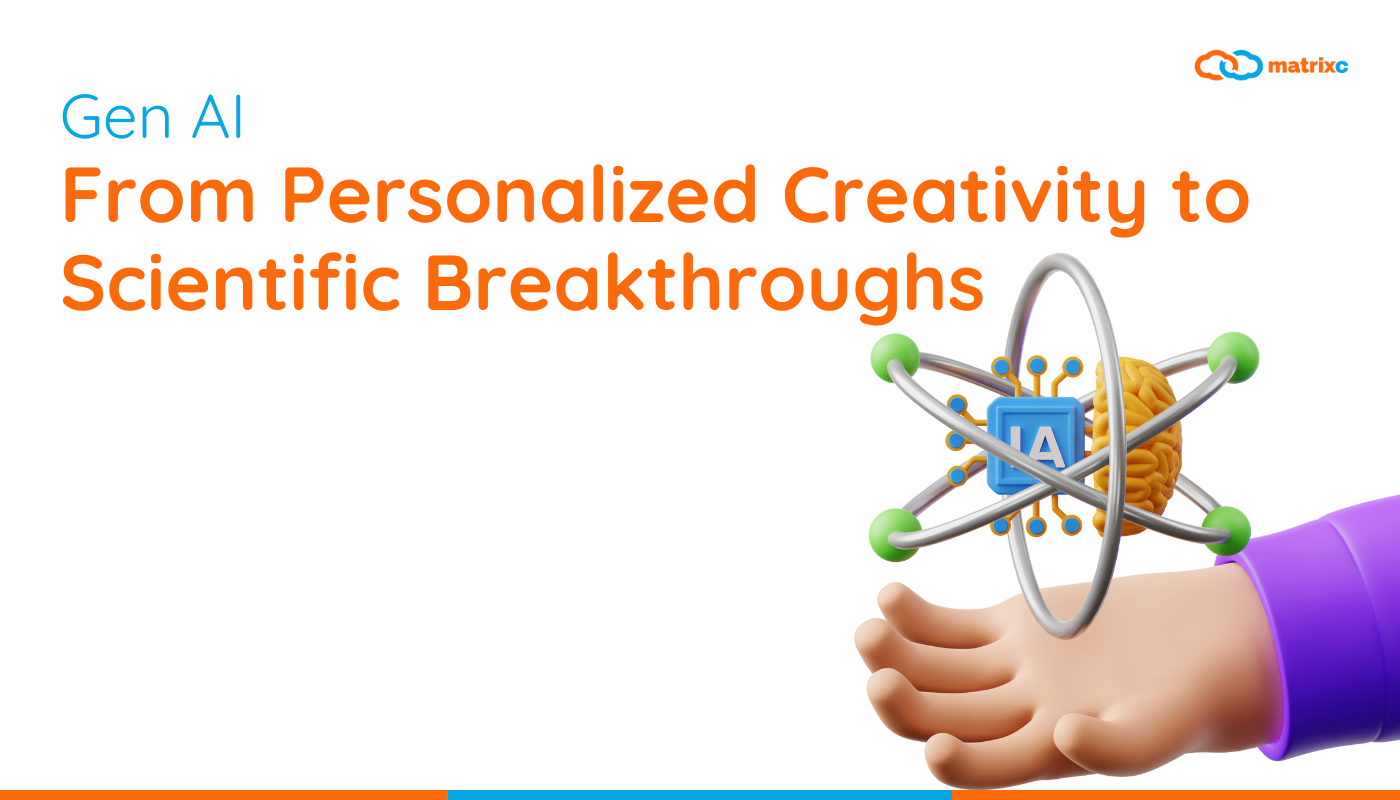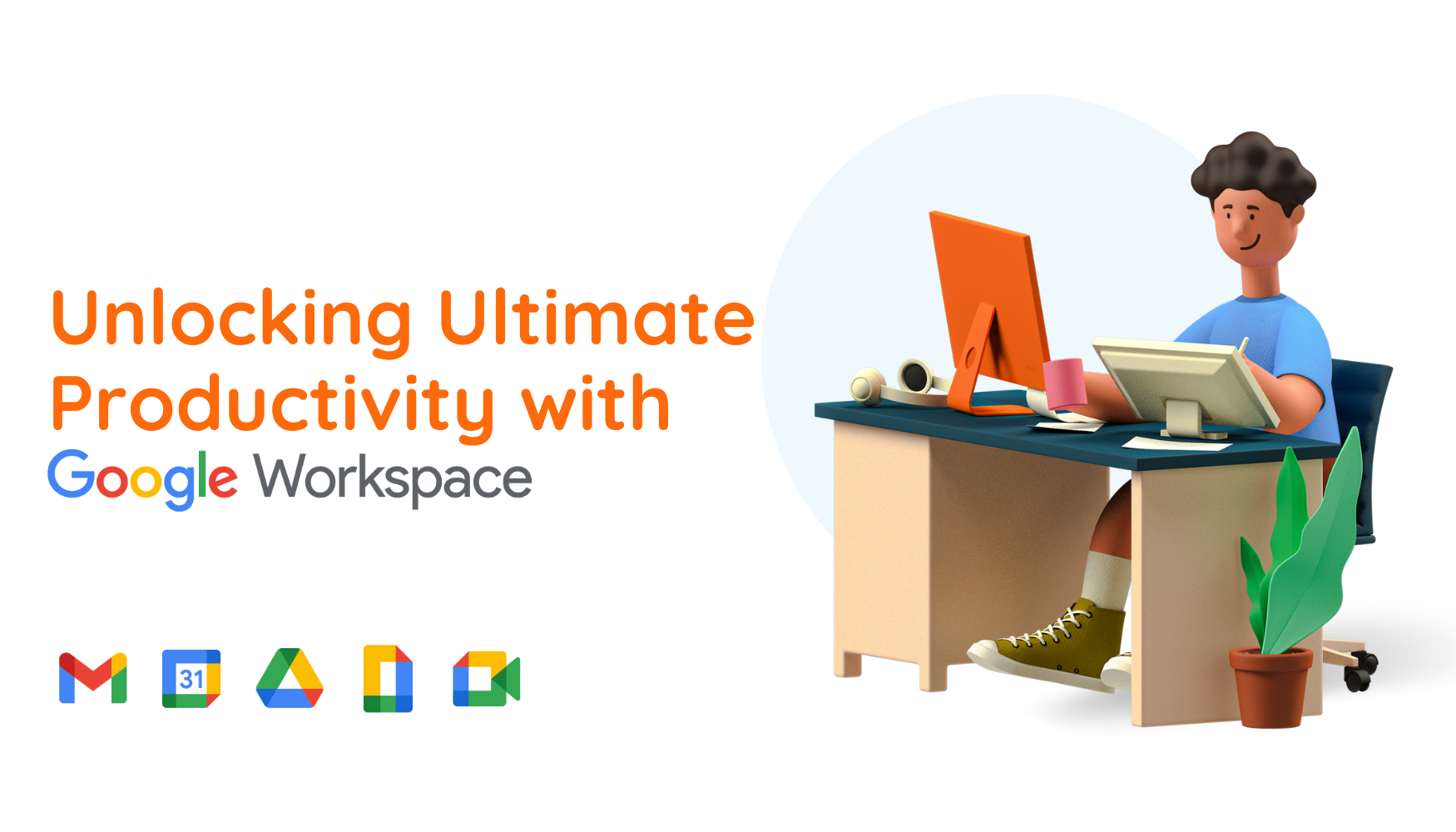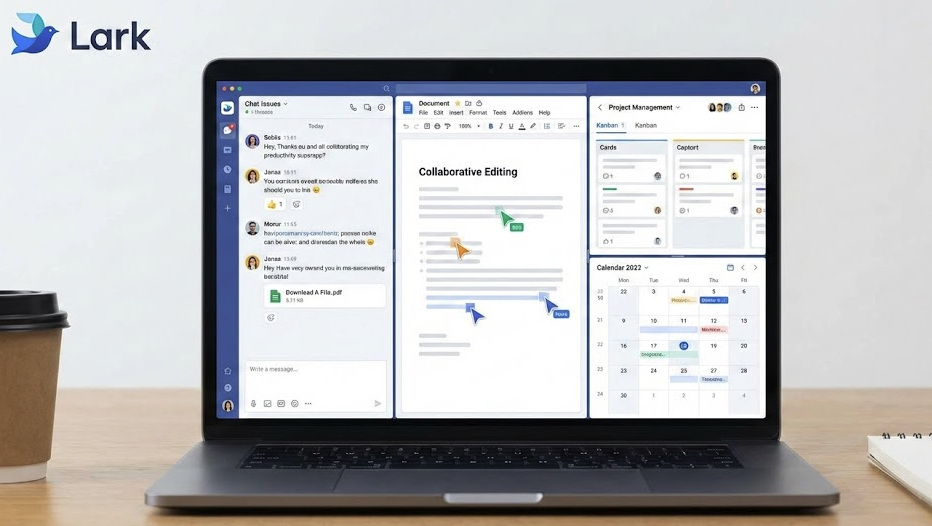In today’s competitive business landscape, companies are turning to data to drive decision-making, uncover insights, and stay ahead of the curve. However, fostering a data-first culture—where data-driven decisions become the norm—requires more than just access to analytics tools. It involves aligning teams, empowering employees with the right skills, and implementing technologies that simplify data analysis without overwhelming the workforce.
In this article, we’ll explore how businesses can build a data-first culture using Google Cloud’s smart analytics solutions, enabling teams to make better decisions while ensuring that data is accessible, actionable, and easy to understand.

1. Empower Teams with Easy-to-Use Analytics Tools
For a data-first culture to take root, employees at all levels must have access to analytics tools that are both powerful and easy to use. Google Cloud’s analytics solutions, such as BigQuery and Data Studio, offer intuitive interfaces and advanced capabilities that make data analysis accessible to non-technical users.
How to Empower Teams with Google Cloud Analytics:
- BigQuery for Data Analysis: Google Cloud’s BigQuery is a serverless, fully managed data warehouse that allows users to analyze vast datasets using standard SQL. With its user-friendly interface, employees can run queries and generate reports without needing advanced coding skills.
- Data Studio for Visualization: Google Data Studio makes it easy for teams to create customizable dashboards and reports that visualize key metrics. This enables employees to track performance, monitor KPIs, and communicate insights to stakeholders in a clear and visually appealing way.
- Built-In Collaboration: Google Cloud’s analytics tools are designed for collaboration, allowing teams to work together in real-time. Multiple users can access, analyze, and share reports seamlessly, promoting data transparency across departments.
Pro Tip: Use Google Data Studio to create easy-to-understand dashboards that provide real-time insights, making data accessible to all team members, even those without technical expertise.

2. Drive Data Literacy Through Training and Upskilling
A data-first culture requires a workforce that understands how to interpret and use data effectively. Building data literacy across your organization ensures that employees at all levels can confidently analyze data and apply insights to their daily decisions.
Steps to Improve Data Literacy:
- Offer Data Training: Provide ongoing training on data analysis, visualization, and interpretation. Google Cloud offers training programs that cover tools like BigQuery, Looker, and Google Cloud Machine Learning.
- Create Data Champions: Identify key team members to serve as data champions, helping other employees learn to use data effectively in their roles. These champions can mentor colleagues and promote best practices for data-driven decision-making.
- Foster a Learning Environment: Encourage employees to explore and experiment with data using Google Cloud’s intuitive tools. Provide them with access to datasets and encourage curiosity about discovering new insights.
Pro Tip: Leverage Google Cloud’s training resources to upskill your team and promote continuous learning, ensuring that employees have the knowledge and confidence to use data in their daily tasks.

3. Integrate Data Across the Organization for a Unified View
To truly embrace a data-first culture, it’s essential to break down data silos and ensure that all teams have access to a unified, comprehensive view of the organization’s data. Google Cloud’s smart analytics solutions enable businesses to integrate data from multiple sources, providing a single source of truth.
How Google Cloud Facilitates Data Integration:
- BigQuery Data Integration: BigQuery supports seamless integration with multiple data sources, including on-premise databases, SaaS applications, and Google Cloud services. This ensures that all teams can access consistent, up-to-date data for analysis.
- Dataflow for Real-Time Data Processing: Google Cloud Dataflow allows businesses to process and analyze real-time data streams, ensuring that teams have access to the most current information for decision-making.
- Looker for Business Intelligence: Looker, Google Cloud’s business intelligence platform, enables teams to access integrated data from various sources and generate insights through dashboards and interactive reports.
Pro Tip: Use BigQuery and Looker to create a unified data ecosystem that ensures all departments are working with the same information, promoting data-driven decisions across the organization.
4. Encourage Data-Driven Decision-Making at Every Level
Building a data-first culture means embedding data-driven decision-making into every layer of the organization, from leadership to frontline employees. To achieve this, businesses must promote a mindset where data is consistently used to support and validate decisions.
How to Foster Data-Driven Decision-Making:
- Leadership Buy-In: Ensure that leadership is fully committed to using data in decision-making processes. When executives make data-driven decisions, it sets a strong example for the rest of the organization.
- Data Accessibility: Make sure data is easily accessible to all employees, not just analysts or executives. Provide self-service analytics tools, such as Google Data Studio, so teams can explore data on their own.
- Incorporate Data into KPIs: Use data to set and track key performance indicators (KPIs) at every level. When employees see how their decisions directly impact performance metrics, they are more likely to embrace data-driven practices.
Pro Tip: Encourage your leadership team to share data insights with employees regularly, reinforcing the importance of data-driven decisions and empowering everyone to take action based on data.

5. Automate Insights with AI-Powered Tools
As businesses accumulate more data, manually analyzing and interpreting that data can become time-consuming. Google Cloud’s AI-powered tools—such as BigQuery ML and AutoML—allow businesses to automate the discovery of insights, enabling faster and more accurate decision-making.
How AI Enhances Data-Driven Culture:
- Automated Machine Learning with AutoML: Google AutoML enables teams to create custom machine learning models without needing advanced data science expertise. This allows businesses to generate predictive insights that inform decisions and optimize operations.
- BigQuery ML for Predictive Analytics: With BigQuery ML, teams can run machine learning models directly within BigQuery using SQL, enabling them to uncover patterns, trends, and forecasts without leaving the data warehouse.
- Natural Language Processing (NLP): Use NLP tools to analyze unstructured data, such as customer feedback or social media mentions, providing insights that help shape business strategy.
Pro Tip: Use Google Cloud’s AI tools to automate routine analysis tasks and uncover hidden insights that help drive data-informed decisions across all levels of the organization.

6. Maintain Data Governance and Security
As data becomes a critical asset, maintaining robust data governance and security policies is essential for protecting sensitive information and ensuring compliance with regulations. Google Cloud provides comprehensive tools to help businesses manage and secure their data effectively.
How Google Cloud Supports Data Governance and Security:
- Identity and Access Management (IAM): Use Google Cloud IAM to control who has access to specific data sets, ensuring that sensitive information is only accessible to authorized personnel.
- Data Encryption: Google Cloud offers encryption for data both at rest and in transit, ensuring that your data remains secure throughout its lifecycle.
- Data Governance Tools: Implement Google Cloud’s governance tools to set policies on data usage, privacy, and compliance. Regular audits and monitoring help ensure that your data governance practices meet regulatory requirements.
Pro Tip: Implement Google Cloud’s security solutions to protect your data and ensure that your organization complies with privacy regulations like GDPR and HIPAA.
Conclusion:
Building a data-first culture is essential for businesses looking to stay competitive in today’s data-driven world. By empowering teams with user-friendly analytics tools, fostering data literacy, integrating data across departments, and promoting data-driven decision-making, businesses can unlock the full potential of their data without overwhelming their employees. Google Cloud’s smart analytics solutions provide the tools needed to create a seamless, data-first environment that drives smarter decisions and long-term success.
Contact Our Team
Are you interested to learn more about our products?
Do you wish to speak to us for professional advice on digitalizing your business?
Click on the button below to book a complimentary 1-on-1 consultation with an expert from our team.
















